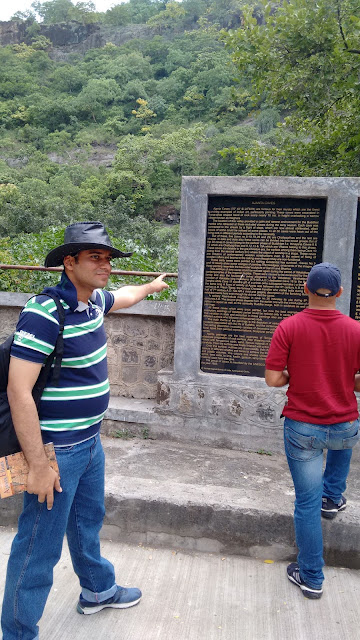 |
| Inside a Jain Cave in Ellora |
Note: You can read my travelogue on the world famous Ajanta Caves here
Having already immersed myself in the spiritual and artistic wonders of the Ajanta Caves, I was all prepared for my next destination. Situated in the north-west of the city of Aurangabad and about 100 kilometres from Ajanta, Ellora
is an UNESCO World Heritage Site that represents the epitome of rock-cut
architecture in India. Ellora is one of the major tourist attractions in the Marathwada
region of Maharashtra and is protected under the Archaeological Survey of India.
The site has a total of 34 caves which are essentially structures excavated out
of the vertical face of the Charanandri hills. There are 12 Buddhist (caves
1–12), 17 Hindu (caves 13–29) and 5 Jain (caves 30–34) caves. While the Buddhist
and Brahmanical group of caves are built by the Rashtrakuta dynasty, the Jain
group of caves are built by the Yadavas. As per the estimates, the Buddhist,
Hindu and Jain rock-cut temples and viharas and mathas were built between the
5th century and 10th century. The Buddhist, Hindu, and Jain caves, built in
proximity, are a testament to the religious harmony and tolerance prevalent at
the time.
